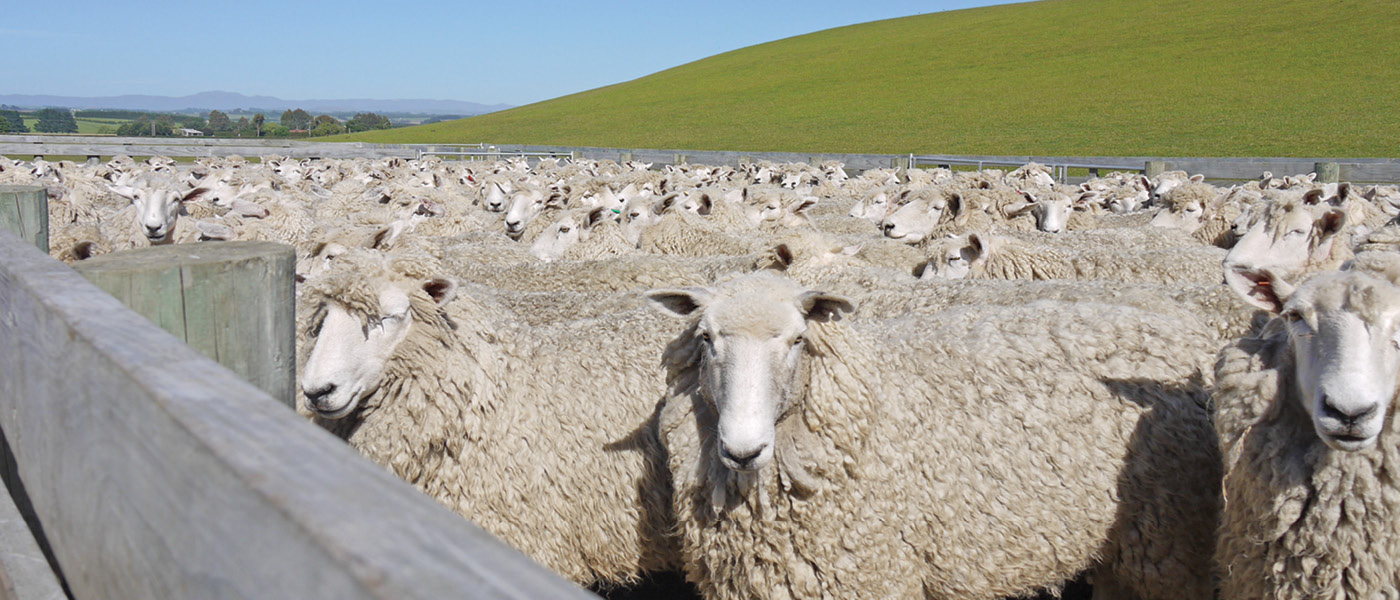
With the harvest season upon us, it is timely to remind ourselves of the potential dangers of grain overload (rumen acidosis). This usually occurs in sheep not being gradually introduced to a grain feeding regimen or being put onto stubble where there is substantial grain remaining or spills. Grain is sometimes used in late summer/autumn in dryland situations to recover weight in ewes and to flush pre-tup. However, if sheep are not gradually introduced, and especially if hungry, they will gorge themselves causing lactic acidosis. Bacteria in the rumen ferment the grain into strong acids (especially lactic acid) – in high levels these kill many of the “good” bacteria and the rumen stops functioning. If severe, the metabolic acidosis leads to toxic shock and death. Larger grains such as oats tend to be less toxic than wheat and barley, and crushing the grain will increase the absorption and potential toxicity.
Clinical signs depend on the amount of grain consumed, but initially sheep stop eating, show colic signs and become staggery. Mildly affected animals are depressed with some diarrhoea. More severe cases may appear blind and bloated with a profuse, foulsmelling scour and dehydration. They become recumbent with pale grey/blue mucous membranes (gums) and increased heart and respiratory rates – at this stage, the chances of recovery are slim. Less affected animals may be lame due to laminitis (like “founder” in horses). Success of treatment depends on time since ingestion and amount consumed – mildly affected sheep should be removed from the grain and offered hay whereby the chewing stimulates saliva production which neutralises the acidosis. Affected animals can be drenched with 60g magnesium oxide (causmag) and 20g sodium bicarbonate (baking soda) in water.
It is important to train sheep to feed on grain over a 10 to14-day period, and this includes lambs on muesli/pellets. It is essential the grain is either fed in long troughs with access for all sheep in the flock or dribbled along the ground over a wide area, however this latter method has more wastage. Roughage such as hay/pasture must be provided so the sheep continue to chew their cud and produce saliva. In the introductory phase, hay can be placed on the ground and the grain placed on top to encourage consumption of both. The feeding regime should start at about 50g/sheep/day and increase by 50g every second day, so that by day 10 they are getting 200-250g/head/day. This can be further increased to 300g for adult sheep. Some sheep will not adapt to eating grain and must be removed from the flock and fed alternatives.
The above scenario applies to all fermentable fodder such as vegetables (commonly potatoes), fruits, crops (especially fodder beet) and even bread!! If in doubt, contact your local Vetlife clinic for advice.
Chris McFarlane
Vetlife Dunsandel